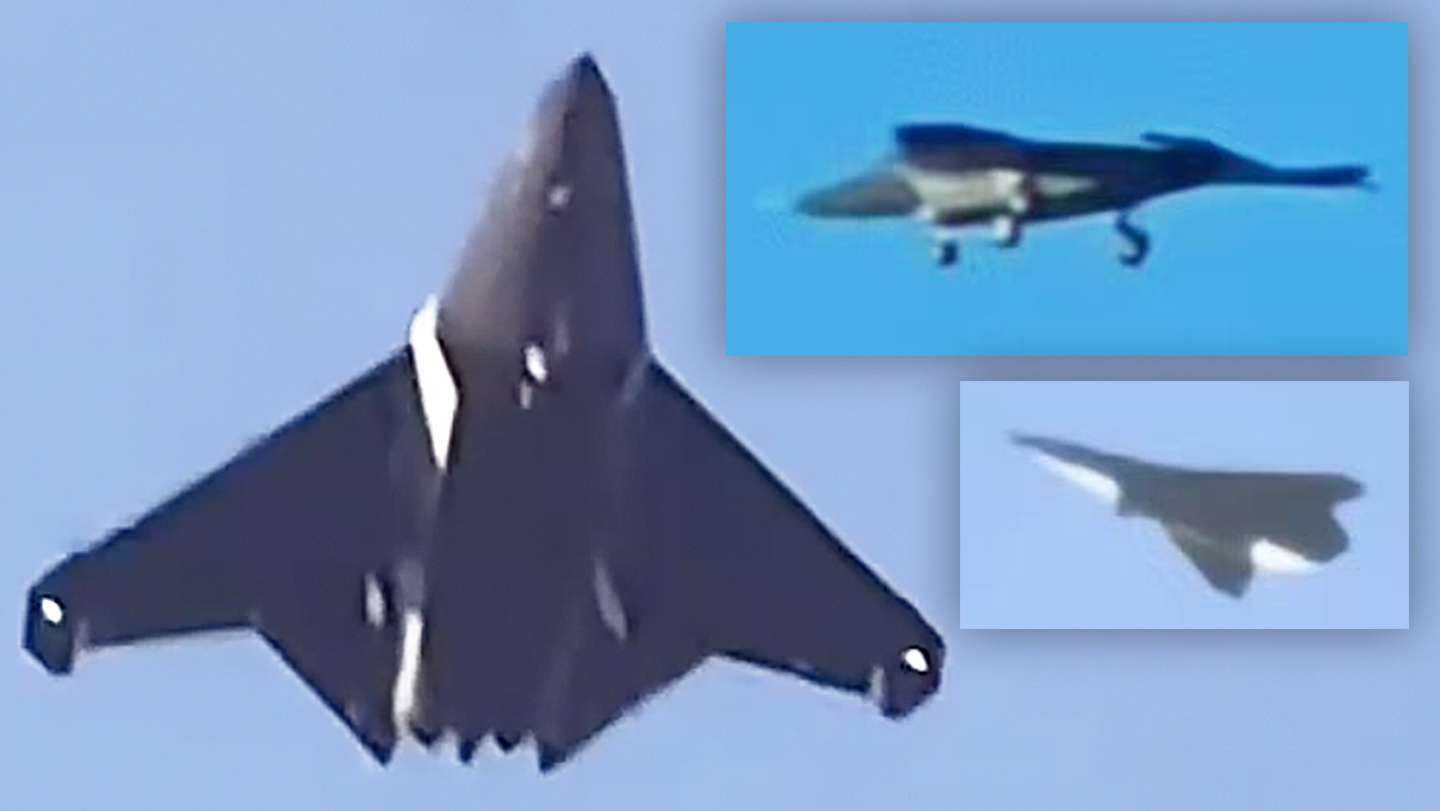It appears that another new Chinese combat aircraft has already entered flight testing, and it is also an advanced, stealthy, tailless design. The imagery of the previously unseen aircraft began to circulate on social media today, only a matter of hours after the first appearance of a remarkable diamond-shaped, tailless, heavy tactical combat aircraft design, which you can read more about in our initial analysis piece here.
A video and several photos of the second, apparently smaller aircraft began to emerge today and, so far at least, they are fewer in number and of inferior quality, making it harder to determine particular details.
Before we continue, it’s important to note that so far this imagery looks remarkably legitimate. That is not to say that it’s verified authentic at this time. There remains the possibility it has been fabricated, but also considering the timing with the other reveal, that seems increasingly unlikely.
According to unconfirmed accounts, the second combat aircraft design is from the Shenyang Aircraft Corporation (SAC), while the first, larger design is from the rival Chengdu Aircraft Corporation (CAC). While Shenyang is responsible for the production of Chinese developments of the Flanker multirole fighter family and the medium-weight J-35 stealth fighter family, Chengdu builds the J-10 multirole medium fighter and the heavy J-20 stealth fighter.
The second tactical jet aircraft design was shown in some of the photos being “chased” by a Flanker-series fighter, perhaps a two-seat J-16, which would lend further support to the idea that it’s a Shenyang product.
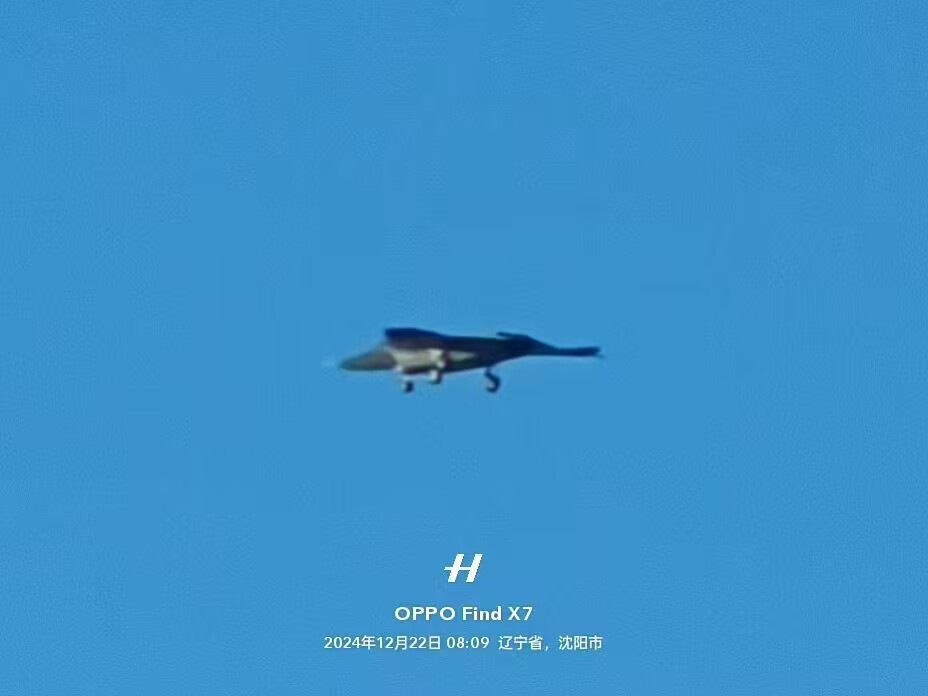

While the Chengdu design has a modified diamond-delta wing planform, with extended wing-root “chines,’’ the Shenyang aircraft has a relatively sharply swept wing, although this is hardly conventional, being more in line with a “lambda” wing profile. This platform creates prominent triangular-shaped trailing-edge extensions that taper back from roughly mid-point in the wing, and project out beyond the engine exhausts.
Unlike the apparent new Chengdu design, which is understood to have a three-engine powerplant, the Shenyang design is a more conventional twin-engine aircraft, in also keeping with its smaller size. The engines appear to be fed by what seems to be diverterless supersonic inlet (DSI) intakes on either side of the forward fuselage, below the wing root, and which look to be very angular in shape.

Two engine nozzles are evident, with some kind of a protuberance between them.
From the available angles, it’s not immediately clear if the aircraft has a cockpit. While it would make sense for it to be a part of China’s crewed combat aircraft development path, it could also be a drone or an optionally crewed aircraft.
The fuselage is somewhat angular, and deep, suggesting a diamond-shaped cross-section, which would offer a blend of low observability and useful internal capacity for fuel and weapons.

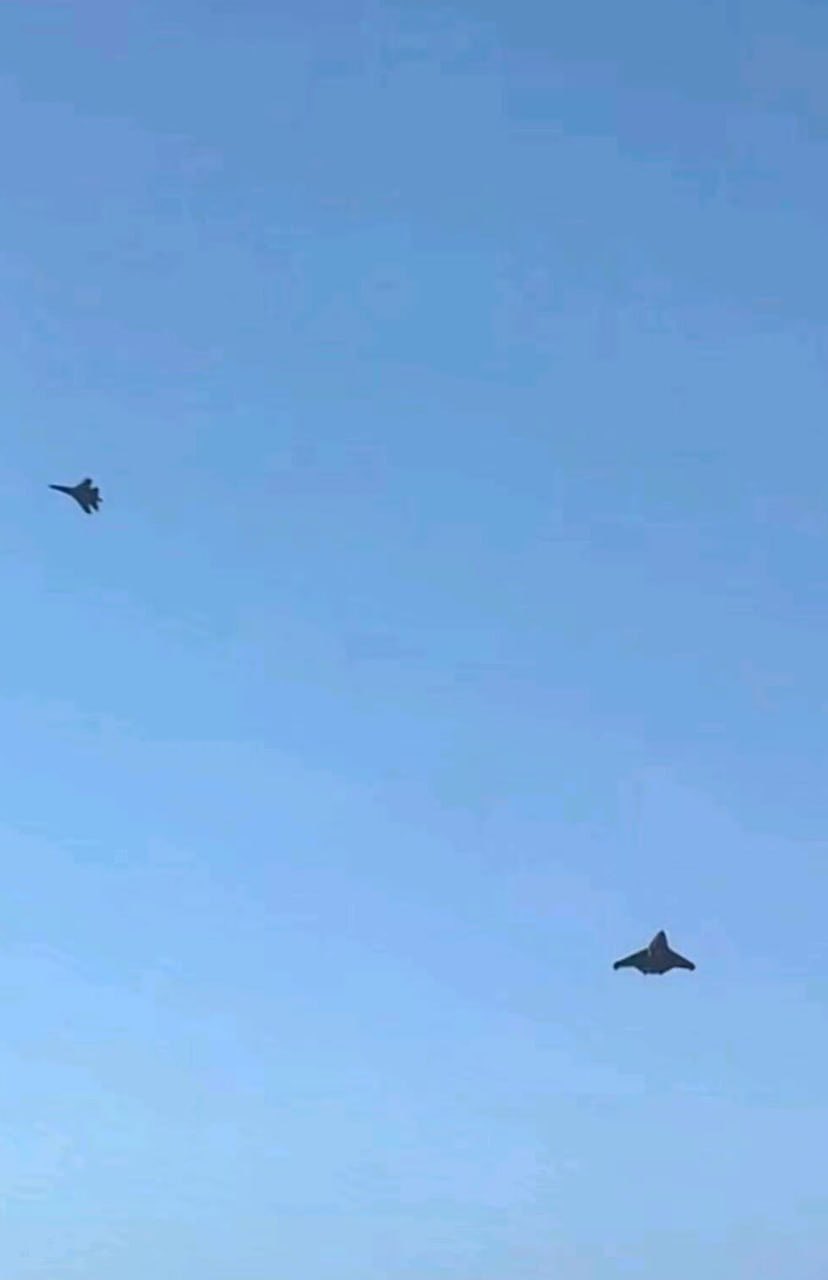
The Shenyang design also has a more standard-looking tricycle landing gear, with single wheels on each main unit, while the Chengdu design uses more robust twin-wheel bogies on the main gear to accommodate its larger size and gross weight.
Neither of the two designs features any kind of vertical or horizontal tail surfaces. This is entirely in keeping with what we expected of China’s next-generation fighter designs, with tailless concepts having previously appeared in the form of various studies, as well as a mysterious tailless vehicle that appeared in satellite images at Chengdu in October 2021.
Tailless designs are something we have previously discussed in depth before, in relation to future Chinese fighters, but it’s worth noting that the main advantage they confer is in terms of broadband low observability against a variety of radar types operating across multiple frequencies. At the same time, the radar signature, especially from the side and rear perspectives, will also be reduced significantly.

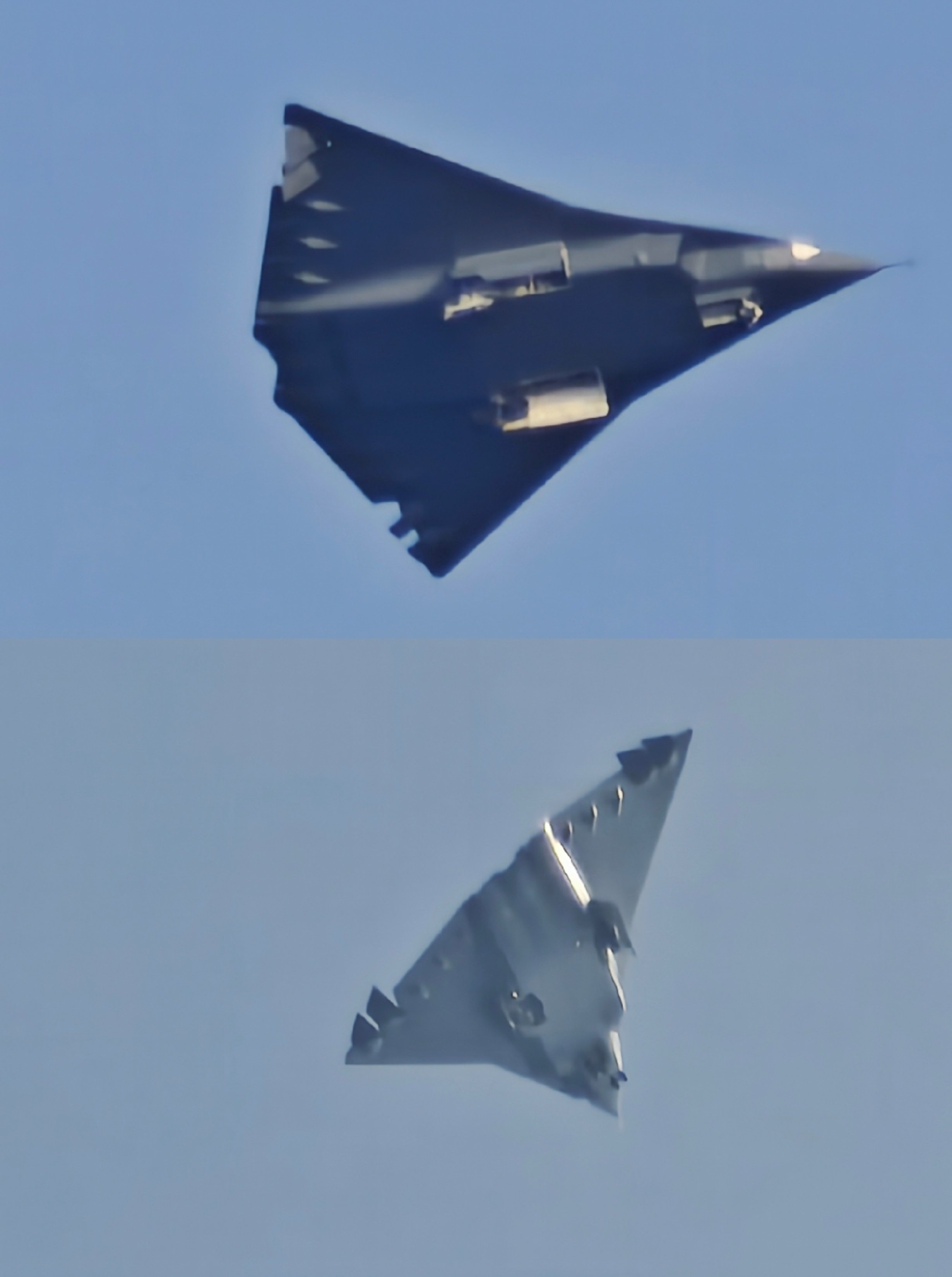
Other advantages of a tailless design include reduced aerodynamic drag, which provides improved performance for sustained high-speed dashes and cruising flight. Additional beneficial factors will almost certainly include a large internal volume for the carriage of fuel and weapons — critical for extended combat radius and persistence on-station, two key concerns in the Asia Pacific theater.
At the same time, a tailless configuration can adversely affect overall stability and maneuverability, requiring advanced fly-by-wire digital flight control technology to simply keep it in the air. One feature that could help mitigate stability and maneuverability deficiencies would involve thrust-vectoring engines, something China has tested in the past. Without a good view from the rear, it’s impossible to say for certain, but the nozzles could conceivably feature F-22-style two-dimensional thrust-vectoring.
Unconfirmed reports suggest that the Shenyang design is a prototype fighter and made its first flight on Dec. 20 this year.

However, it seems that Beijing very deliberately ensured that the two new designs broke cover today, for maximum impact.
This would make sense given that Dec. 26 is the birthdate of Mao Zedong, founder of the People’s Republic of China (PRC). It is also exactly 13 years to the day that the J-20 first broke cover.
At this point, it’s worth noting that in both cases, we cannot currently confirm the identities of the manufacturers or even the intended roles of the new aircraft.
So far, there have been no official comments from the Chinese government or industry, although internal security services certainly appear to have let imagery be leaked via unofficial channels, and it’s also notable that these test flights were documented in the daytime.
As we have discussed before, the design now thought to be from Chengdu is notably large, suggesting that it could possibly be related to the so-called JH-XX. This is described by U.S. intelligence officials as a regional bomber, with a shorter range, smaller payload capacity, and more of a tactical focus than the H-20 stealth bomber. The H-20 is being developed by the Xi’an Aircraft Corporation (XAC) and is widely expected to be a flying-wing type aircraft, like the B-2 and B-21.
The JH-XX remains a very shadowy project, but you can read more about what is known here.
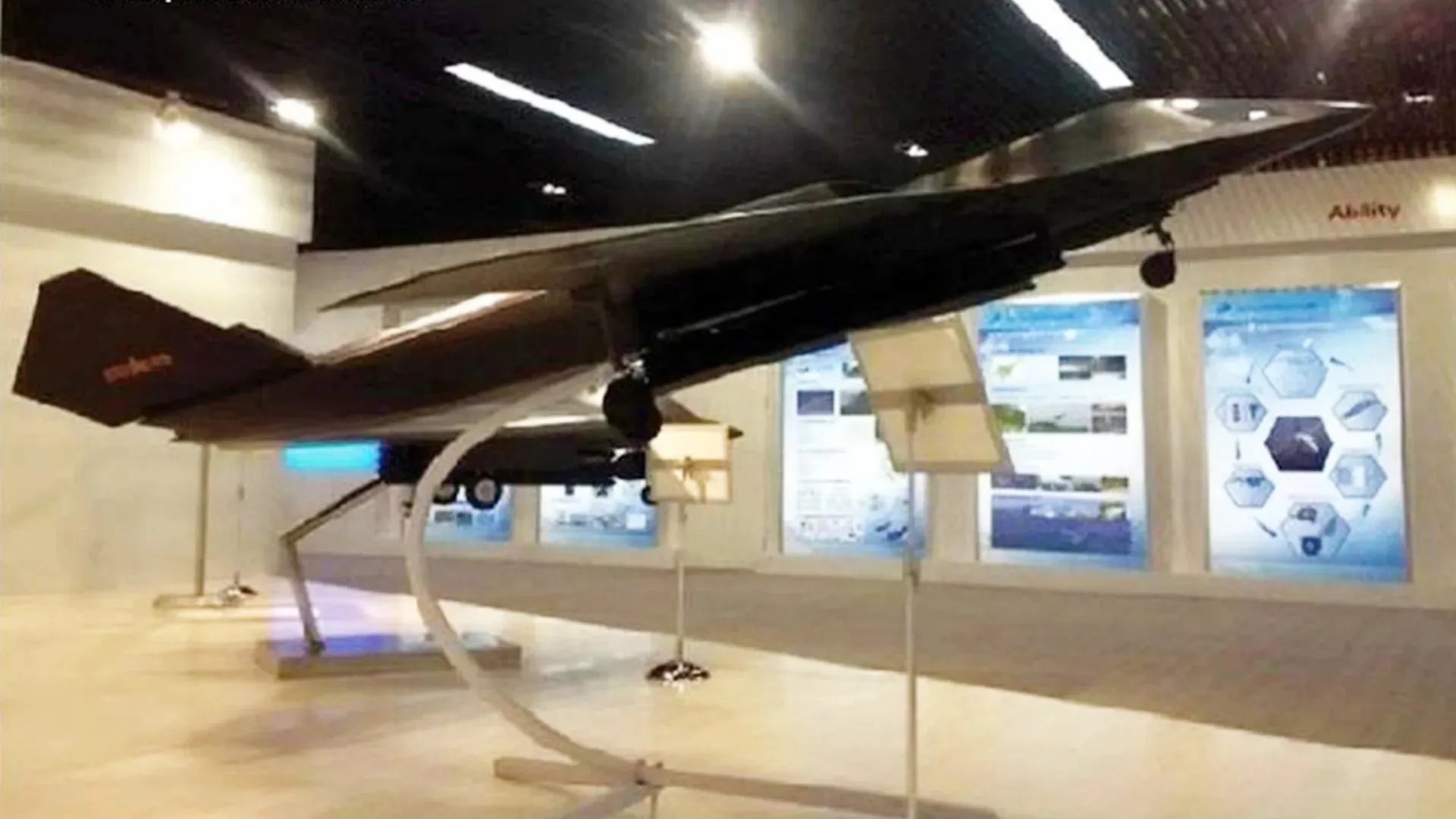
In the past, we have also suggested that the JH-XX “bomber” could finally emerge as something closer to a “fighter-bomber”:
“The design could prioritize speed, as well as stealth, too. This could give the smaller fighter-bomber added advantages when it comes to sortie rates and for successfully penetrating through an enemy’s integrated air defense network. Above all else, it allows for multi-role operations, including supporting long-range air-to-air missions, without a heavy reliance on vulnerable tankers or even the use of coastal airfields, which would be the most vulnerable to attack during an all-out conflict.”
While the new three-engine design could be related to the JH-XX, it could also be a more generic demonstrator intended to test a variety of combat aircraft technologies. It could also be a more heavyweight fighter being developed under China’s next-generation airpower initiative.
Speaking to TWZ, Chinese aerospace observer and author Andreas Rupprecht explained that his assessment is that we are seeing combat aircraft demonstrators from Shenyang and Chengdu and that these are both closer aligned to fighters rather than bombers.
“Using the sixth-generation description is perhaps a little too hasty, but I think we are at the point where we can really say the Chinese have shown us for the first time their idea of air combat and new-generation fighters,” Rupprecht said.
Certainly, China now appears to be flying two different, very advanced combat aircraft designs that could also be rivals, with one being smaller than its competitor, which would have certain advantages in terms of cost, complexity, and performance. They could also be intended to complement one another as a “medium/heavy” future manned fighter combat mix.
This latter would parallel China’s pursuit of the single-engine J-10 and the twin-engine J-11/16 series, followed by the co-development of the medium-weight J-35 and larger J-20 stealth fighters. At one stage, it looked like the J-35 would be primarily aimed at export customers, as well as for Chinese naval use, but a Chinese land-based version is now also known to be in development.

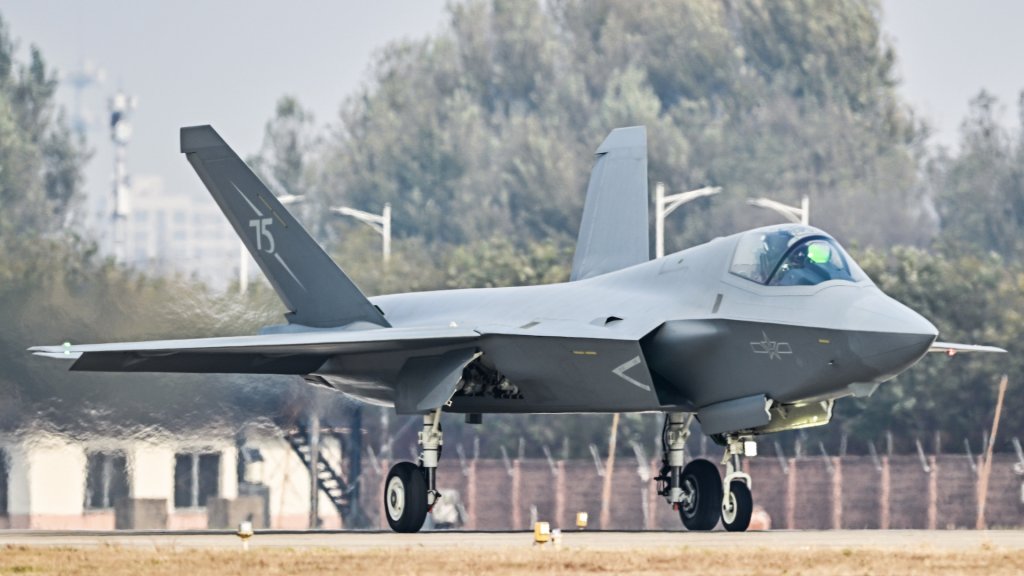
What we do know is that China has an active sixth-generation fighter program. It would not be surprising for more than one flying demonstrator design to be built to support it, or even prototypes much closer to planned production aircraft.
Whether China plans to introduce more than one sixth-generation fighter, or simply determine what kind of design best suits its needs, there are plenty of signs that the country is fully committed to a future air combat program, which will include a crewed fighter as well as complementary drones, and also the JH-XX, which may well be being developed as part of the same “ecosystem,” perhaps even sharing certain subsystems and technologies. The H-20 could also form part of this same broader airpower architecture.
The previous boss of Air Combat Command, Gen. Mark D. Kelly, spoke in September 2022 about China’s future fighter program, noting that it was likely to follow a “system of systems” approach similar to the one that the U.S. Air Force has been pursuing and would certainly include a sixth-generation crewed fighter.
Kelly also said he expected the platform — or platforms — to emerge with an “exponential” improvement in stealth compared with current Chinese aircraft. Of course, a tailless design could help achieve this.

Notably, the U.S. military’s latest annual report to Congress on Chinese military developments, an unclassified version of which was released on Dec. 18, doesn’t mention potential sixth-generation crewed fighter developments.
Chinese officials, meanwhile, have given very little away about the country’s future tactical air combat program. However, in a 2019 interview, Wang Haifeng, chief designer for CAC, described a project that aimed for service entry around 2035. That would also seem to be broadly in keeping with the first flight of a Chengdu demonstrator around now.
In the past, Andreas Rupprecht told TWZ that: “Allegedly, since 2018, CAC and its related 611 Institute have been working on the development of key technologies for the next-generation fighter.”
As well as testing for future crewed combat aircraft, China is already heavily engaged in developing various supporting technologies. These include the ability for future crewed combat jets to team with drones, and the use of artificial intelligence, as well as advanced sensors and weapons that will be brought together as part of China’s broader future air combat architecture.
While the appearance of one new-generation Chinese combat aircraft design is notable, the apparent emergence of two different such designs in a single day would truly be a milestone.
Today’s developments should also be seen in light of the U.S. Air Force’s equivalent Next Generation Air Dominance (NGAD) initiative, which includes its crewed sixth-generation stealth combat jet. A final decision on this has now been pushed to the incoming Trump administration, amid uncertainty about the Air Force’s ability to pay for NGAD. At the same time, questions have been increasingly asked about the relevance of NGAD in a future high-end combat scenario.
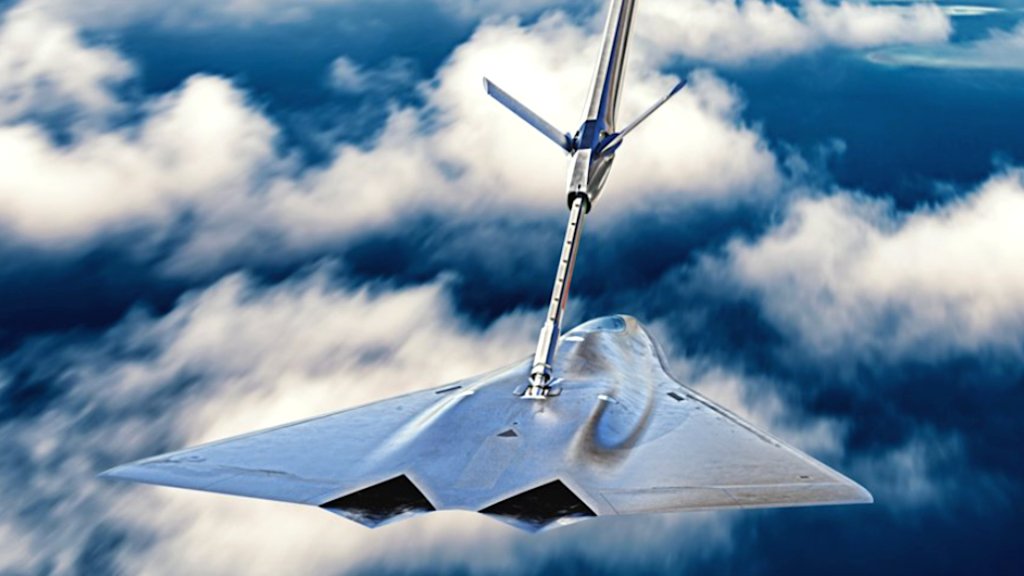
It will be some time before we get a better understanding of the precise roles and attributes of China’s new combat aircraft designs. However, the country is clearly already committed to developing successors to its current combat aircraft fleet and appears to be looking at how best to achieve significant advances in terms of range, payload, speed, and low observability.
While it’s still unclear what China’s next-generation fighter or fighters will end up looking like, and how they might be related to the JH-XX “fighter-bomber,” the current pace of development puts the uncertainty around the U.S. Air Force’s NGAD efforts into even sharper focus.
Contact the author: thomas@thewarzone.com
